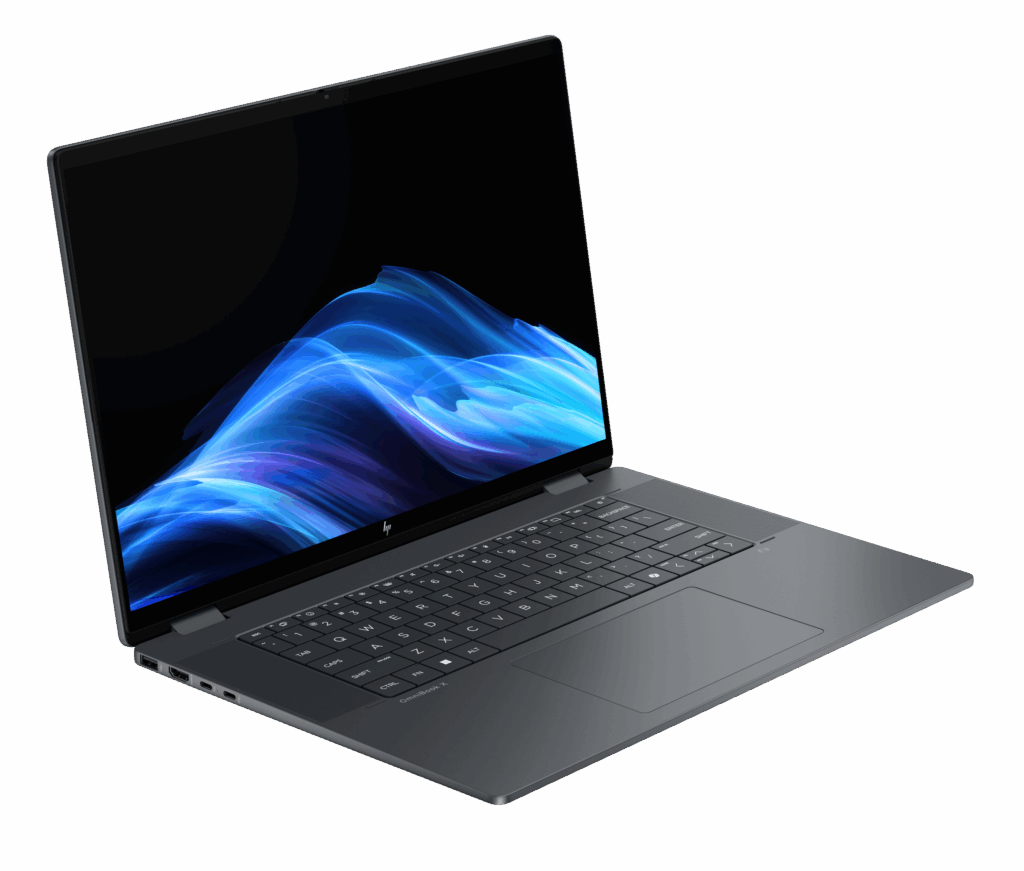The choice between power servers and x86 servers comes down to price vs. security and reliability. As we depend more and more on AIs and AIs increasingly operate autonomously, the security and uptime risks increase because, should the AI server fail or become compromised, it will either misbehave or fail. If it’s in the process of a mission-critical security, financial, or medical operation, those outcomes are unacceptable.
However, we are also increasingly pushing AI workloads to the edge in order to reduce latency, increase performance and reduce network and data center loads. This has caused IBM to release the IBM Power S1012 server. This one-socket, 2U, half-wide Power10 processor-based system is impressive. It delivers a whopping 3x more performance per core than the old Power S812 which was pretty impressive back in its day.
Why Power?
As I noted, what makes a Power-based product stand out is its reliability and security. Part of this last is related to the platform being low volume and also relatively hard to detect, making it more difficult to successfully target the server by an attacker or effective malware. But this security advantage extends beyond the platform. IBM has always believed that security was its responsibility, at least with respect to IBM-branded products, and not someone else’s responsibility, which is a position that has often plagued the Win/Tel space.
IBM Power products are backed by IBM services which have historically been more responsive with better trained service personnel than alternative brands. This helps to ensure that any problem, particularly any critical problem, is prioritized and addressed by appropriately trained personnel who are measured aggressively both on timeliness and the quality of their work. I spent a lot of time with these groups when I worked at IBM, and I remain impressed with their focus, staffing levels and response times.
Clients that buy Power products also appear to be the best informed, the best trained, and the most focused on the security and uptime benefits the servers provide.
Power S1012
Edge servers have to fit into a variety of configurations. Some just sit in a wiring closet, while others may be rack mounted. I’ve seen them just placed under desks or in out-of-the-way places. This is why you need it to be small, so that placement can be flexible, and so that if you have a populated rack that it needs to be loaded on, that rack will have the room available for a small offering where it might not if the server took up an entire shelf. In its rack mount configuration, it takes up half of a rack shelf rather than a full one.
I mentioned that high reliability, availability and security are core to this offering. Unique parts of this product focused on security include transparent memory encryption which is critical to assuring the AIs intended to run on this platform are safe, dependable and not likely to put you at personal risk.
The Power10 processor is available in 1-, 4- or 8-core configurations. This allows buyers to better configure the needed performance to the anticipated workloads. The server can also be configured to sit side-by-side with another server, one hosting a virtual management console and the other handling production loads. This allows for remote management of the production server even if that server has crashed, and potentially allows the production server to fail over to the management server, providing additional redundancy.
Wrapping Up
Designed for ORACLE, SAP HANA, AI Inferencing and other database and AI duties, the Power S1012 server is an impressive piece of kit. It is small but powerful and provides flexibility in placement, while leading in security, reliability and impressive remote management capabilities. It stands out as an impressive option for IBM shops and mixed shops needing its capabilities and benefits.
If you’re in need of a decent near edge server, check it out.
- The Mighty Mini: Why HP’s Z2 Mini G1a Workstation Is the Unsung Hero of AI Development - July 7, 2025
- The HP OmniBook X Flip 2-in-1 16-Inch: Your New Digital Swiss Army Knife (Now in Glorious Atmospheric Blue) - June 25, 2025
- The Open AI Avalanche: Why AMD’s Collaborative Spirit Is Outmaneuvering NVIDIA’s Empire - June 22, 2025



